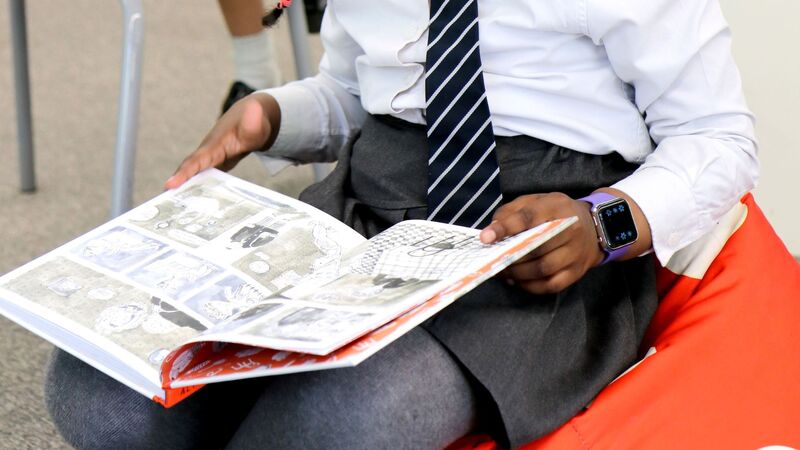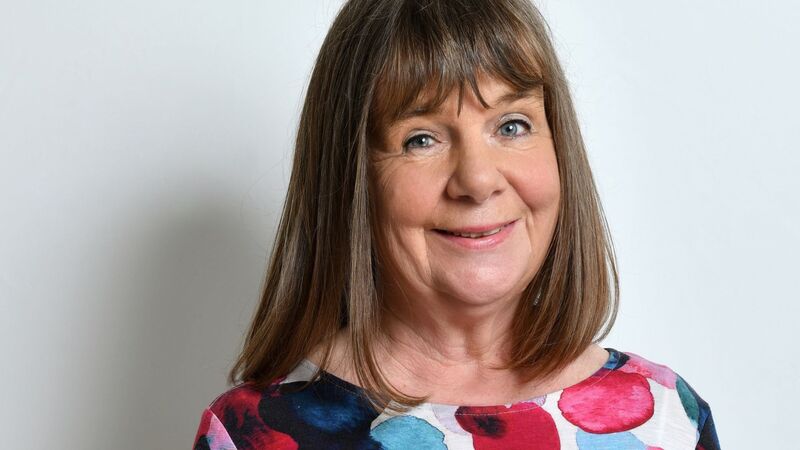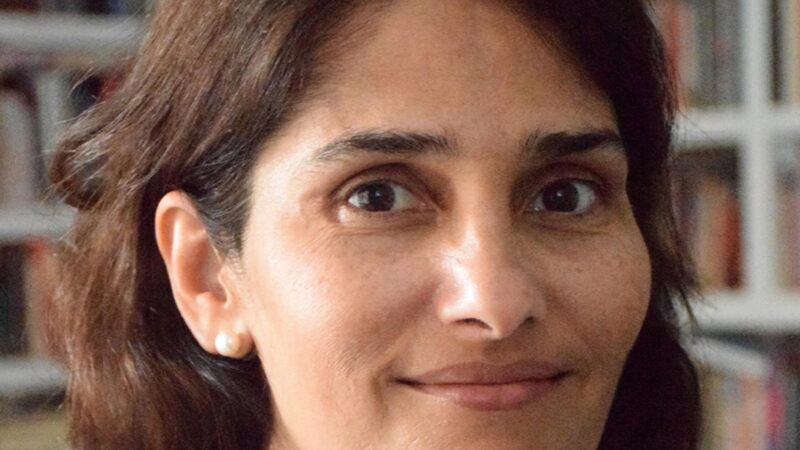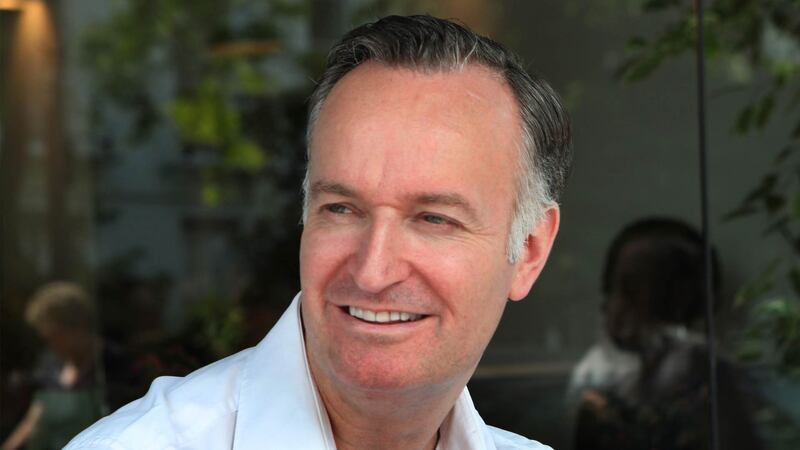You are viewing your 1 free article this month. Login to read more articles.
Gender pay gap reduces at HarperCollins but ethnicity pay gap slightly up on 2021
HarperCollins has seen its gender pay gap reduce this year, but the ethnicity pay gap is slightly up on 2021. The publisher says this is driven by a lack of ethnic diversity in the top quartile.
Director of people John Athanasiou said he was “pleased” that the steps the publisher has taken over the past five years have helped drive an overall reduction in both the publisher’s mean and median gender pay gap since it first reported in 2017. He added that increasing representation at senior level "continues to be a key priority" for HarperCollins to improve the ethnicity pay gap.
The median gender pay gap – the figure that falls in the middle of all employees’ salaries from lowest to highest paid — is now 2.9% from 10.4% in 2017 and 4.4% last year. The mean has also fallen to 10.8% from 16.1% in 2017 and 11.1% last year. The mean pay gap is measured by adding up all the salaries and dividing it by the number of employees. The publisher said its gender pay gap is driven by its upper quartile, which has a higher proportion of men than the company average.
The publisher revealed 70% of its workforce are women. The upper quartile is now 66% women, up 2% points on the last report and up 9% points since gender pay gap figures were first reported.
Athanasiou said: “We continue to take action to champion gender equality and be a fully fair, diverse and inclusive company, where everyone has the opportunity to achieve their full potential, and we’ll continue to champion and drive change in our organisation and the publishing industry. We strive to become a truly inclusive business. Diverse and inclusive workforces, where everyone shares a sense of belonging and can reach their full potential, make better decisions and deliver better results. Reporting on our gender pay gap over the past few years, and the actions and learnings that have come from it, has helped drive positive change at HarperCollins, and I look forward to other initiatives and further action that will help us continue our journey.”
The gender bonus gap still remains large however, with a mean of 42.1% and median of 11%. This is down on last year’s mean on 43.5% and median of 11.2%.
HarperCollins said 19% of women at the organisation work part-time compared to 4% of men. The publisher explained that the bonus pay gap, unlike the gender pay gap, “is not pro-rated, and therefore the average payment to women appears lower, widening the gap in the figures reported; this effect is magnified as 22% of our highest-earning employees are women who work part-time, compared to 4% of that population being men who work part-time".
The publisher said it has since changed the way those on parental/maternity leave are paid bonuses, to “further support female employees who make up the majority of those who take parental leave”. Those taking parental/maternity leave commencing January 2022 now receive their full bonus payment.
Other steps being taken to close the gender pay gap include using gender-neutral language in all job applications as well as an anonymised recruitment system that does not require CVs at shortlisting stage. This May the publisher will be starting its pay transparency project to share salary ranges across internal and external job adverts.
The publisher saw a 9% increase in staff voluntarily choosing to share their ethnicity this year, with a response rate of 86%. Athanasiou said he was “very pleased” to see more people choosing to share their ethnicity, which has helped the publisher “to gather an even more accurate picture of ethnic representation” within its workforce. The data showed 11% of employees are from an ethnic minority background.
The median ethnicity pay gap is 1.4% this year while the mean is 10.2%. This is up on the inaugural report last year, which had a median of -0.4% and mean of 8.2%. Athanasiou said: “This is driven by a lack of ethnic diversity in the top quartile, especially in our senior leadership, including in our executive committee, where one person is from an ethnic minority background. Increasing representation at senior level continues to be a key priority for us.”
He added: “We will continue to build on our existing work and on commitments we have made this year to attract new talent at all levels of the organisation and retain and develop our people and better represent the readership and communities we serve.”
There is likewise a large ethnicity bonus gap, with a mean of 49.7% and median of 3.2%. Both are up on last year’s mean of 38% and median of -7.1%. The publisher stressed: “The bonus gap figures are affected by the same factors that affect our pay gap; specifically, that we have significantly fewer ethnic minority employees in our senior leadership teams.” This is where the higher bonuses are paid.
HarperCollins said it is updating its mandatory inclusive hiring training for all managers and continues “to reach a wider pool of talent by advertising through organisations such as Creative Access, SocialFixt, Run the Check and the Black Writers’ Guild”.
This year it is also launching a new sponsorship programme for senior ethnic minority individuals who will be sponsored by a member of the publisher’s executive team, with an external coach and one-to-one sessions with the c.e.o. Sponsorship differs from mentoring as it involves "amplifying" an individual, the publisher explained, and pairing individuals with someone different from the division they work in.



















